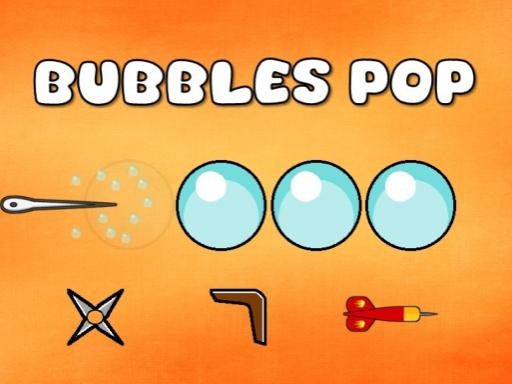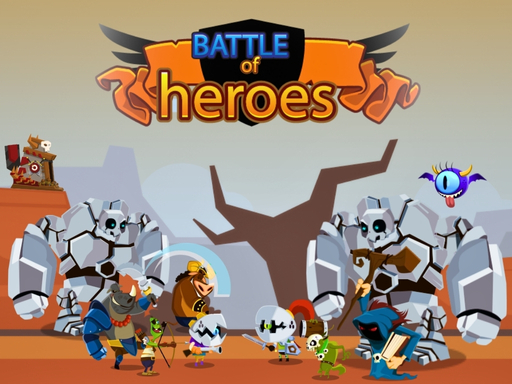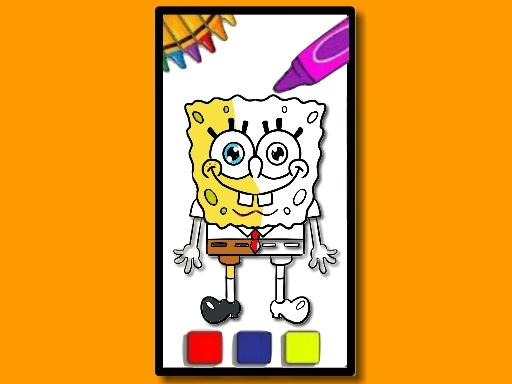HTML5 games were once seen as simple browser distractions, but in recent years, they have been making a strong comeback. With advancements in web technology, improved game engines, and the decline of Flash, HTML5 has re-emerged as a dominant force in browser gaming. But what’s fueling this resurgence? Let’s explore the key reasons behind the renewed popularity of HTML5 games.
1. No Downloads, No Hassle
One of the biggest advantages of HTML5 games is that they run directly in web browsers, eliminating the need for downloads or installations. Unlike traditional PC or mobile games that require storage space and frequent updates, HTML5 games can be accessed instantly, making them more convenient for casual and hardcore gamers alike.
2. Cross-Platform Compatibility
HTML5 games work seamlessly across multiple devices, including desktops, smartphones, tablets, and even smart TVs. Developers no longer need to create separate versions for different platforms, as HTML5 ensures that the same game can be played on any device with a modern browser. This accessibility has contributed to the growing popularity of browser-based gaming.
3. Improved Performance and Graphics
Advancements in web technologies like WebGL and WebAssembly have significantly improved the performance and graphical capabilities of HTML5 games. Developers can now create visually stunning and smooth-running games that rival native apps. Features like 3D rendering, physics engines, and high frame rates make modern HTML5 games far more immersive than their earlier counterparts.
4. Rise of Cloud Gaming and Web-Based Platforms
The increasing adoption of cloud gaming services and web-based gaming platforms has also fueled the comeback of HTML5 games. With services like Google Stadia, NVIDIA GeForce Now, and Xbox Cloud Gaming integrating browser-based experiences, HTML5 games have found a new audience that appreciates instant access to high-quality games without expensive hardware.
5. The End of Flash and the Need for Alternatives
Adobe Flash, which once powered many online games, was officially discontinued in 2020. This left a gap in the market, and HTML5 emerged as the best alternative. Many classic Flash games have been rebuilt using HTML5, bringing nostalgia to older gamers while introducing new players to timeless classics.
6. Growing Popularity of Hyper-Casual Games
Hyper-casual games—simple yet addictive titles that require minimal learning curves—have gained immense popularity. HTML5 is the perfect technology for these types of games, as they can be quickly accessed and played in short bursts. Game developers have capitalized on this trend, creating a wave of engaging HTML5 games that cater to casual gamers.
7. Monetization Opportunities for Developers
HTML5 games offer various monetization models, including ads, in-game purchases, and premium versions. Platforms like itch.io, Kongregate, and Poki provide developers with opportunities to earn revenue while reaching a massive audience. With better monetization strategies, developers are more incentivized to create high-quality HTML5 games.
8. Social and Multiplayer Features
Modern HTML5 games support real-time multiplayer gameplay, leaderboards, and social features, making them more engaging. The ability to compete with friends or strangers in a browser-based game adds a layer of excitement that was previously missing in older HTML5 titles. Many new games now include voice chat, matchmaking, and co-op modes to enhance the gaming experience.
9. Support from Major Gaming Companies
Tech giants like Google, Facebook, and Microsoft have shown interest in HTML5 gaming by investing in web-based game development and platforms. Facebook’s Instant Games and Google’s GameSnacks are prime examples of how HTML5 is being used to deliver gaming experiences to millions of users worldwide.
10. A Sustainable Future for Web Gaming
With continuous improvements in web technology and increasing demand for accessible games, HTML5 is set to remain a major player in the gaming industry. The combination of ease of use, cross-platform compatibility, and modern features ensures that HTML5 games will continue to grow in popularity.
Conclusion
HTML5 games have come a long way from their early days, evolving into a powerful and flexible gaming medium. Their resurgence is driven by convenience, improved performance, and growing support from major gaming companies. Whether you’re a casual player looking for a quick game or a developer seeking a profitable platform, HTML5 gaming is proving to be a force to be reckoned with. The future of browser gaming is brighter than ever, and HTML5 is leading the way.



















